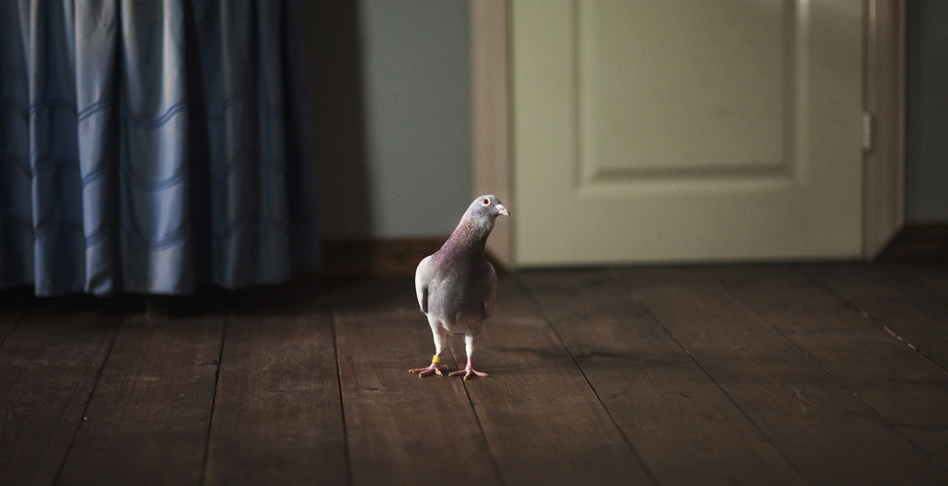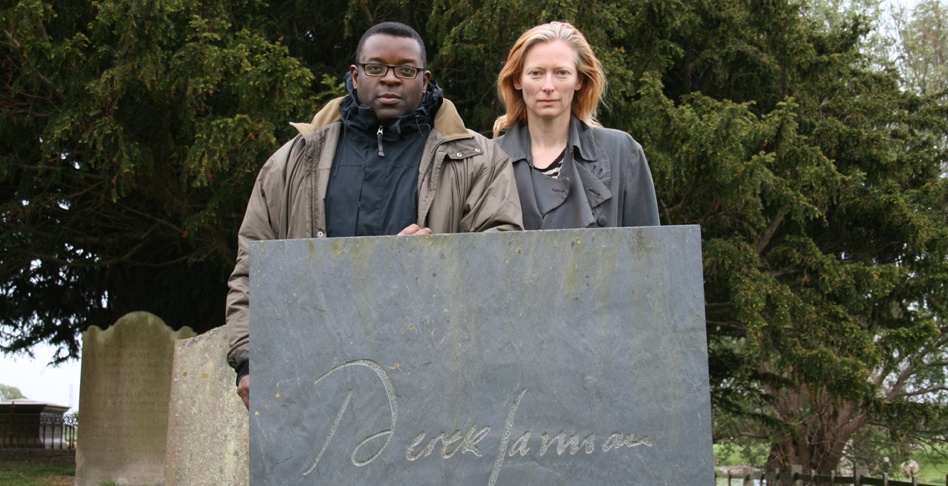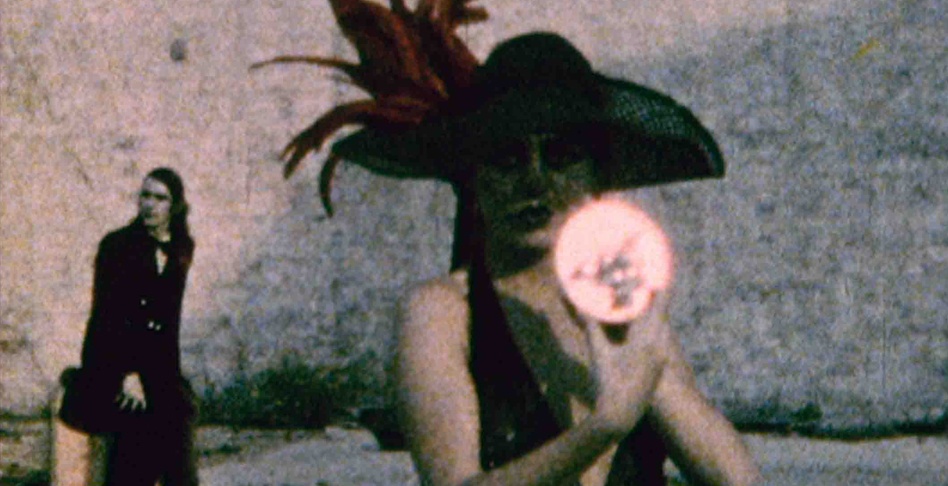The space that equally belongs to visual art and cinema has for twelve years
been a subject for analysis and discussion for the MIFF Media Forum
participants – artists, filmmakers, art- and film critics. This year the
organizers of this programme have realized probably the most grand-scale
project in Media Forum’s history on border-line cinema and video art
aesthetics.
The central part of this project is the Expanded Cinema exhibition.
Its first part opens on June 13th 2011 at the Moscow Museum of Modern Art, the
second part on June 24th 2011 at the Garage Centre for Contemporary
Culture.
The exhibition at the Garage will consist of three video installations by the
recognized masters of video art: the British artist and filmmaker Isaac Julien,
the Finnish artist Eija-Liisa Ahtila and the Chinese artist Yang Fudong. Their
work is eagerly accepted at the most prestigious film festivals, their
exhibitions are held at world’s major museums – the Tate Modern (London), the
Centre Pompidou (Paris), MoMA (New York). This common interest of the worlds of
cinema and art towards the works of these artists marks their belonging to the
border-line aesthetics of “expanded cinema” which is the Media Forum theme this
year.
Isaac Julien Derek (2008)
Isaac Julien (UK) has become famous as a filmmaker, receiving
various significant festival awards, notably at the Cannes. In Moscow Julien
will present the central part of his project Derek on the life and work of the
renowned film director Derek Jarman. Julien decided to show his subject in the
context of visual art, presenting Jarman’s works and his own documentary film
about Jarman as a video installation in the gallery space and making the viewer
analyze it form the point of view of art forms.
Eija-Liisa Ahtila The Annunciation (2010)
The Annunciation to the Virgin Mary is one of the central subjects in the
European painting tradition, and in spite of the revision of the very
foundations of the visual art in the XXth century video artists have to some
extent inherited the traditional Christian imagery and iconography which have
formed the Western culture as a whole. The world-famous Finnish filmmaker is
also interested in how the Bible imagery functions and becomes relevant today.
On three screens Ahtila plays out the story of a woman staging an amateur
performance about the Annunciation. The work was filmed on the snowy winter of
2010 in the nature reserve of Aulanko in the south of Finland. It could serve
as an example of good auteur film if Ahtila hadn’t drawn the viewer’s attention
to the classical characteristics of the film narrative that are being destroyed
in her works – the categories of linear perception and cause-and-effect
relationship. That’s partly why the Annunciation was chosen as the subject,
because of its idea of the miraculous - of what we cannot understand and
explain by rational means, but only against our everyday perception.
Yang Fudong Fifth Night (2010) – the European premiere of the
video installation
The Chinese artist Yang Fudong makes his video installations in
the style of film-noir. He recreates its atmosphere so that the critics can
take pleasure in these aesthetic stills, the vintage exotics of Shanghai, the
subtle philosophic questions and vague interplay of light and shadows that hide
more than they reveal. The only difference from the cinema screening is that
ordinary cinema theaters do not use seven screens simultaneously. These seven
screens seem to be able to tell far more than just one, about the old quarters
swarming with rickshaws, carriages and cars of the early XXth century, of the
characters appearing in the night streets each with his own business,
mysterious and romantic purposes. However the viewer doesn’t learn anything
clearly as a result. But then the multi-screen mode allows the artist to
discourse freely and illustrate the very method of film creation, the limits
and clichés of our visual perception.
The three participants of the Expanded Cinema exhibition will conduct
workshops, give lectures and show their other works to the Media Forum’s
guests. All events of the educational programme and the formal opening of the
MIFF programme will be held at the Garage Centre for Contemporary
Culture.
Organizers of the MIFF Media Forum: MediaFest and MediaArtLab Centre
for art and culture.
Co-organized by: the Garage Centre for Contemporary Culture, Moscow Museum of
Modern Art.
With the support of: Royal Netherlands Embassy, Mondriaan Foundation, Goethe
Institute in Moscow, Japan Foundation
Curator of the exhibition projects – Olga Shishko (art historian,
curator, director and founder of the MediaArtLab, director of the MIFF Media
Forum)
Co-curator: Kirill Razlogov (art historian, professor,
director of the Russian Institute for Cultural Research, art director of the
MIFF)
Producer of the exhibition project – Elena Rumyantseva
(programme director of the MediaArtLab and the MIFF Media Forum).



